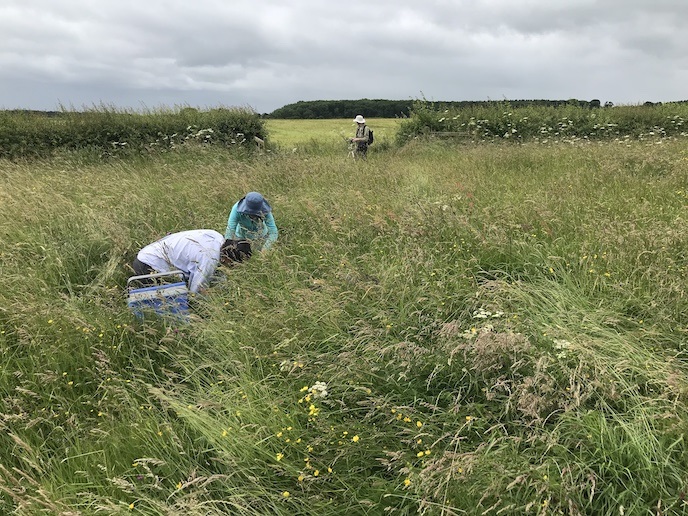Reindeer bone fragments reveal a picture of Palaeolithic human activity
Since the 1950s, the extent of reindeer migrations has been a recurring question in prehistoric archaeology with a long-standing debate. During the Ice Ages, reindeer (Rangifer tarandus) were one of the key emblematic species of the European Palaeolithic – especially the Magdalenian(opens in new window), the last Palaeolithic culture. The frequent occurrence of reindeer remains in French archaeological sites during that period, with local and seasonal variations, suggests that hunter-gatherer groups were highly dependent on this animal resource. Principal investigator of the EmorphProject, Ana Galán López, is an associate researcher at the French National Centre for Scientific Research(opens in new window) and is based at the University of Toulouse(opens in new window). “Pleistocene environments don’t have modern analogues. But a link between mobility or habitat and the functional morphology of limb bones of a variety of taxa(opens in new window) has been proposed elsewhere in the context of ecomorphological research,” she says.
Mobility strategies and their relation to habitat type
Galán López goes on to explain that research has successfully demonstrated it is possible to study the relationship between the ecological role of an individual and its anatomical adaptations even when the taxa involved are quite different from their modern descendants. “Thanks to modern ethological data we know that reindeer populations adopt different mobility strategies correlated with habitat type and with population density. Thus, long-distance migrations usually take place in tundra and steppe habitats, while animals living in or near the forest tend to travel shorter distances comparatively with their tundra counterparts.”
Reading the clues
The Magdalenians were highly dependent on reindeer, making them key to reconstructing human subsistence strategies, mobility, or potential technological choices. But how can we read the messages they leave us? “I was interested in lower limb, metapodial bones because of their specialisation and elongation in cloven-hooved mammals. They have been used to assess body size, locomotor behaviour and habitat preference,” she adds. Galán López, who received support under the Marie Skłodowska-Curie Actions(opens in new window) programme, considered two approaches. Firstly, geometric morphometrics(opens in new window), GMM, which entails studying cross sections of bones, in this case those that form the lower limb known as metapodial bones, to examine their structure and shape. To do so she used computed tomography, CT scans to obtain images of the cross-sectional area of the bone. Secondly, machine learning and linear measurements. Machine learning techniques(opens in new window) have recently started to be applied in the field of zooarchaeology, demonstrating their use for classification. “The most important characteristic of this method is not only its high accuracy in mobility pattern identification, but also that it provides a computer-based way to classify them, reducing subjectivity bias considerably.”
Understanding the link between reindeer movements and human activity
By applying this referential framework, the preliminary studies carried out on a corpus of Magdalenian sites in south-western France indicate populations of reindeer moving over long distances. “These results will allow us to approach the economy of subsistence within hunter-gatherer communities, making it possible to better distinguish between the decisions which relate to environmental constraints and those which relate to cultural choices,” explains Galán López.





